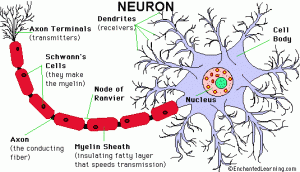The Hall technique is a novel method of managing carious primary molars by cementing preformed metal crowns, also known as stainless steel crowns, over them without local anaesthesia, caries removal or tooth preparation of any kind. Clinical trials have shown the technique to be effective, and acceptable to the majority of children, their parents and clinicians. The Hall technique is NOT, however, an easy, quick fix solution to the problem of the carious primary molar. For success, the Hall technique requires careful case selection, a high level of clinical skill, and excellent patient management. In addition, it must always be provided with a full and effective caries preventive programme. Continue reading
Tag Archives: local anaesthesia
What you need to know about injections/local anaesthesia – Part III
INDICATIONS OF LOCAL ANESTHESIA
1. Extraction and odontectomy
2. Alveoloplasty and alveolotomy
3. Incision and drainage of abscess
4. Cavity preparation in deeper cavities
5. Pulp procedure
6. Periodontal and gingival surgery
7. Cyst enucleation and marsupialization
8. Removal of small benign growth and salivary stones
9. Relief from denture sore spots
What you need to know about injections/local anaesthesia – Part II
NEUROPHYSIOLOGY
The neuron is the structural unit of the nervous system. There are 2 basic types of neuron : the sensory and motor neurons
Sensory neurons that are capable of transmitting pain consist of thre major portions : the peripheral process or the dentritic zone which is composed of arborization of free neve endings, the axonal process which transmits the impulses from the dentritic process to the nuclei in the brain and the cell body or soma which provides vital metabolic support to the entire neuron.
What you need to know about injections/local anaesthesia – Part I
• Definition and methods of induction.
• Ideal properties
• History
• Neurophysiology
• Mechanism of action
• Classification
• Pharmacology of the Local Anesthetic agent
• Individual local anesthetic agents
• Pharmacology of the vasoconstrictor
• Indications/ contraindications
• Types of regional anesthesia
• Armamentarium used
• Basic injection technique
• Anatomic considerations
• Types of regional anesthesia
• Various techniques
Maxillary
Mandibular
• Periodontal considerations
• Newer advances
• Selection of LA in medically compromised patients
• Complication
How Dentist Can Take Your Pain Away?
Although pain is an important motivating factor for patients to visit the dentist, fear of pain is a major reason for delaying dental treatment. This is because dental treatment is often perceived as a painful experience by patients. However, with emphasis on prevention, minimal intervention and modern atraumatic treatment technique, this not necessarily true. Still, the dentist should develop the right attitude, approach and effective communication skills to deal with different types of patients. A caring and sympathetic attitude and gentle handling of patients will itself to a major extent relax them and reduce their anxiety. There are also several methods available to control pain and trauma during restorative treatment.
